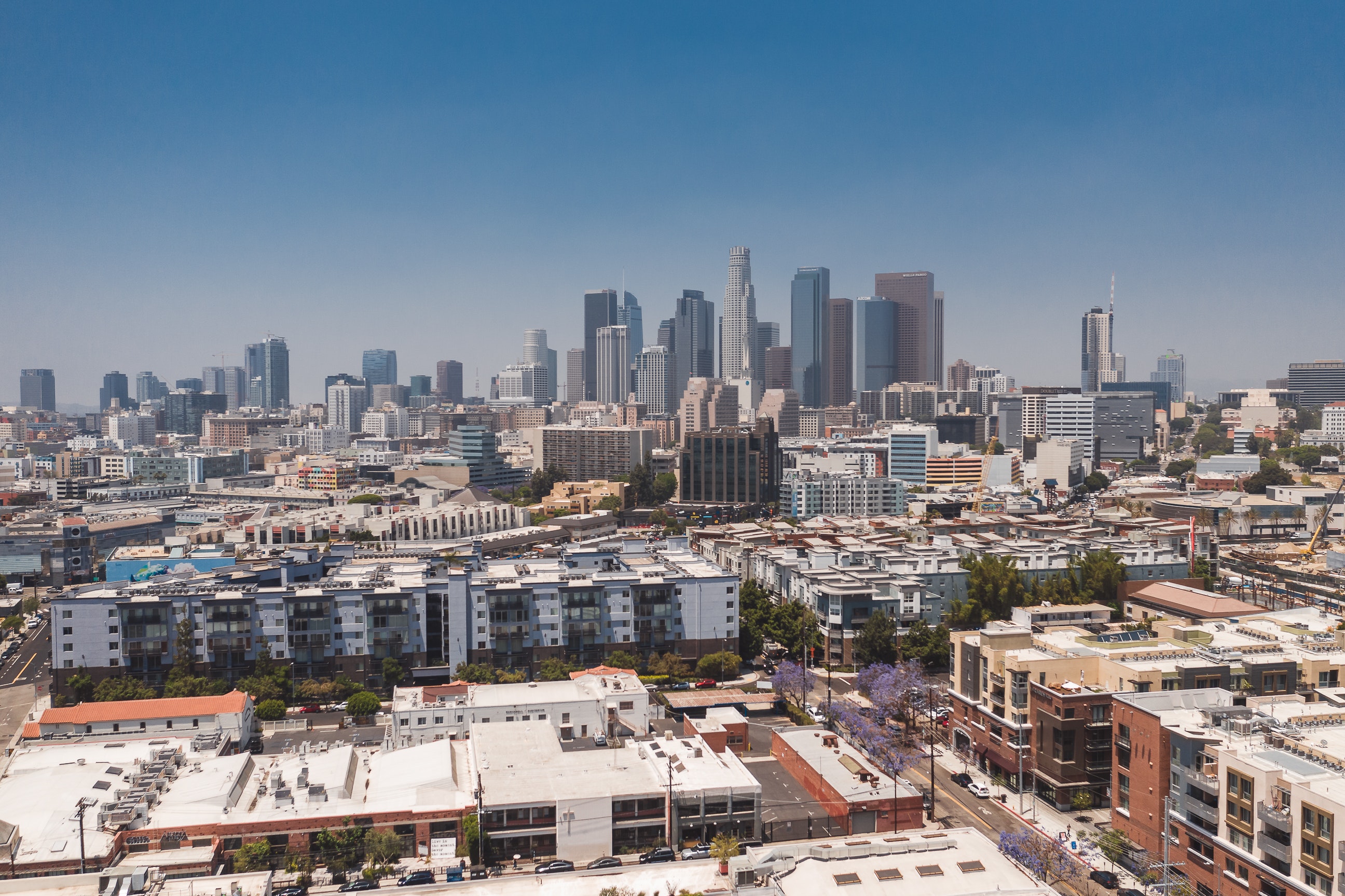Understanding the target audience and knowing who is your desirable user is key to successful marketing campaigns. Are marketers effective in identifying and choosing target audiences when creating their Facebook and Instagram ads?
At Sotrender we’ve conducted a research that clearly shows that the majority of ads created in Meta products do not hit their target audiences and their audience saturation indicator is very low.
That means that these campaigns are cheaper, however, much less effective. By reaching random users, without a clearly defined audience, marketers are burning their ad budgets.
What is audience saturation?
The key measure used in Sotrender’s research was audience saturation (also known as Facebook audience share), which reflects how effective marketers are in reaching their target audience on Facebook. This measure is calculated by dividing the ad set reach by Facebook’s estimated reach and converting the outcome into percentages. 100% of audience saturation would mean that the ad set reached the whole target audience estimated by Facebook.
In the research, Sotrender’s analysts wanted to find out:
- whether higher audience saturation translates into changes in CPC or CPM costs,
- what is the correlation between Facebook estimated reach and audience saturation.
Keep on reading to find out:
- Which campaign types usually have a lower cost (CPC and CPM),
- Whether marketers are actually effective in reaching their ideal users in the Facebook ecosystem,
- Why should you be very precise in defining your target audience.
The majority of marketers are reaching only 5% of their target audiences
Clearly defined audiences and careful audience selection are important because it’s the only way to ensure that our ads are reaching the right people and that the budgets are spent wisely.
However, Sotrender’s research shows that more than 80% of ad sets had an audience saturation lower than 5%. It means that in the majority of cases, marketers are setting very broad audiences – either because they don’t know their desirable users or because they don’t know how to accurately define them in Facebook Ads Manager.
Also,
- 50% of all ad sets analyzed were reaching less than 1% of the set target audience,
- Only 10% of all ad sets were reaching more than 12% of the set target audience,
- The maximum Facebook audience share among the analyzed ad sets was 72%.
That all indicates that there is much room for improvement.
The research also reveals that ad sets with higher audience saturation are targeted to smaller audiences, which shouldn’t be surprising. The more specific the target audience is, the easier it is for the Facebook algorithm to find the right users. It’s also the way to ensure that ads are reaching desirable users, not random ones.
As a consequence, though, increasing audience saturation means that the number of Facebook users who saw ads more than once is also increasing. With a smaller target audience, it’s harder for Facebook to find the right users, that’s why the frequency indicator may be higher.
Pro tip
When possible, set a frequency cap in your campaigns. By doing so, you’ll define the maximum number of times your ads will reach one user. In the majority of cases, it doesn’t make sense to reach one user many times. There are also other ways in which you can control the frequency in Facebook and Instagram ads.
The conclusion is clear: the lower the estimated Facebook reach is, the bigger is audience saturation (Facebook audience share). Very big estimated reach means that it’ll be hard to reach our “ideal” target audience (for example ‘all US citizens’).
Expect decreasing ad costs for post engagement campaigns
One of the key findings in Sotrender’s research is that the ad cost is increasing along with the audience saturation.
Why is that? Once Facebook has reached a big part of the set target audience, it’s much harder to find new individuals that match the predefined criteria. The cost is increasing because the algorithm has to put more effort into finding new users within the set target audience.
Such correlations are especially visible in reach and brand awareness campaigns.
- The median CPM between ad sets with audience saturation lower than 10% and higher than 90% increased by 115%, and the CPC increased by 38%.
- The cost of the CPM increases the most once marketers reach 90% of the target audience. After reaching 90% of the target audience, the average CPM doubles.
An exception are post engagement campaigns, as they behave differently from other campaigns. The main difference is that the cost of these ads (CPC and CPM) is decreasing along with increasing audience saturation. The average CPC decreases even by 85%, and CPM by 77%. The reason for this is, to a big extent, psychological. Users don’t tend to engage with content that is not popular yet. The same post with at least some reactions or comments is more appealing to new users. The bigger engagement it has, the bigger are chances that it will go viral.
Pro tip
If you’d like to promote a post that was published organically on your Instagram or Facebook profile, it’s good to wait for at least a few days before you invest your money in it. One reason is the same as stated above – purely psychological. It’s better to promote content that already has some engagement, so that new users will see that it’s something interesting and valuable. The second reason is that after 2 or 3 days your content is no longer reaching people organically, so it’s simply a good time to boost it.
However, post engagement campaigns generally tend to be more expensive than other campaign types, and the ad sets have more outlier values (the costs per ad sets are varying a lot).
7 ready recommendations for your future campaigns
There are several conclusions that every marketer can take straight away from our analysis and apply to ongoing or future campaigns.
#1 Make sure you’ve clearly defined your ideal audience
When it comes to your target audiences, it should be clearly defined before even the ad creation process starts. This is in order to make justified decisions, whether you aim to reach very specific audiences, or very broad ones.
From time to time you should meet with your team and revise your target audience. Each campaign may be targeted at different groups, however, in general, you should have your key audiences specified. The revision process is extremely important. After all, your brand and products change, as well as audience needs and the whole industry. Work on creating persona canvas so that everyone will have the same idea about who you’re targeting and reaching to.
#2 Set specific audiences, if you have specific goals
The more precisely the target audience is chosen, the greater are the chances to get a satisfying and high audience saturation (Facebook audience share). To achieve the set goal in conversion and post engagement campaigns, it’s recommended to set as specific target audiences as possible.
#3 Choose reach campaigns if you want to keep the cost low
In order to make your ad campaigns more cost-effective, you should choose bigger target audiences, as the cost of reaching the potential user is lower. This is especially recommended for reach and brand awareness campaigns, as they are designed to reach as many people as possible.
#4 Post engagement campaigns can be your happy medium
While reach campaigns target very broad audiences and conversion campaigns are aimed at very narrow groups of people, post engagement campaigns might be a happy medium – they can reach new people at a relatively low cost. The only condition that has to be met to make them effective is getting users’ engagement from the very beginning.
#5 Define your goal in the very first place
The goal of every campaign should be defined in the first place: whether you want to keep the ad costs (CPM, CPC) at a reasonable level and aim to reach as many users as possible or plan to achieve very specific business goals (e.g. acquiring valuable leads or increasing sales).
#6 Become best friends with Facebook Ads Manager
In order to get satisfying ad results, and in order to be fully able to predict the outcomes of your campaigns, you should know Facebook Ads Manager and the whole Meta ecosystem pretty well. It doesn’t really matter if you’re the person setting each campaign or you’ve hired an agency that runs ads for your company, as a marketer you simply have to know these platforms.
#7 Try to be specific, no matter what
No matter if you’d like to reach a broad audience or a more narrow one, it should be your deliberate decision. After all, your ideal audience will never be a very wide group of people, such as ‘all US citizens’ or ‘all UK inhabitants’. You definitely can, and always should, narrow those audiences down. Only if you do marketing for a global brand, like Pepsi, you can try reaching out to everyone. In other cases, it’s better to specify your ideal audience.
Methodology
The research, conducted by Sotrender AI Team with the Federated Analytics approach, covered thousands of ad campaigns (over 20 000 ad sets) from the Meta ecosystem (Facebook, Instagram & others) from Q1 2022. Reach and brand awareness campaigns were analyzed separately from other campaigns.
The research was done by Maciej Baranowski, Data Scientist from Sotrender AI Team.








